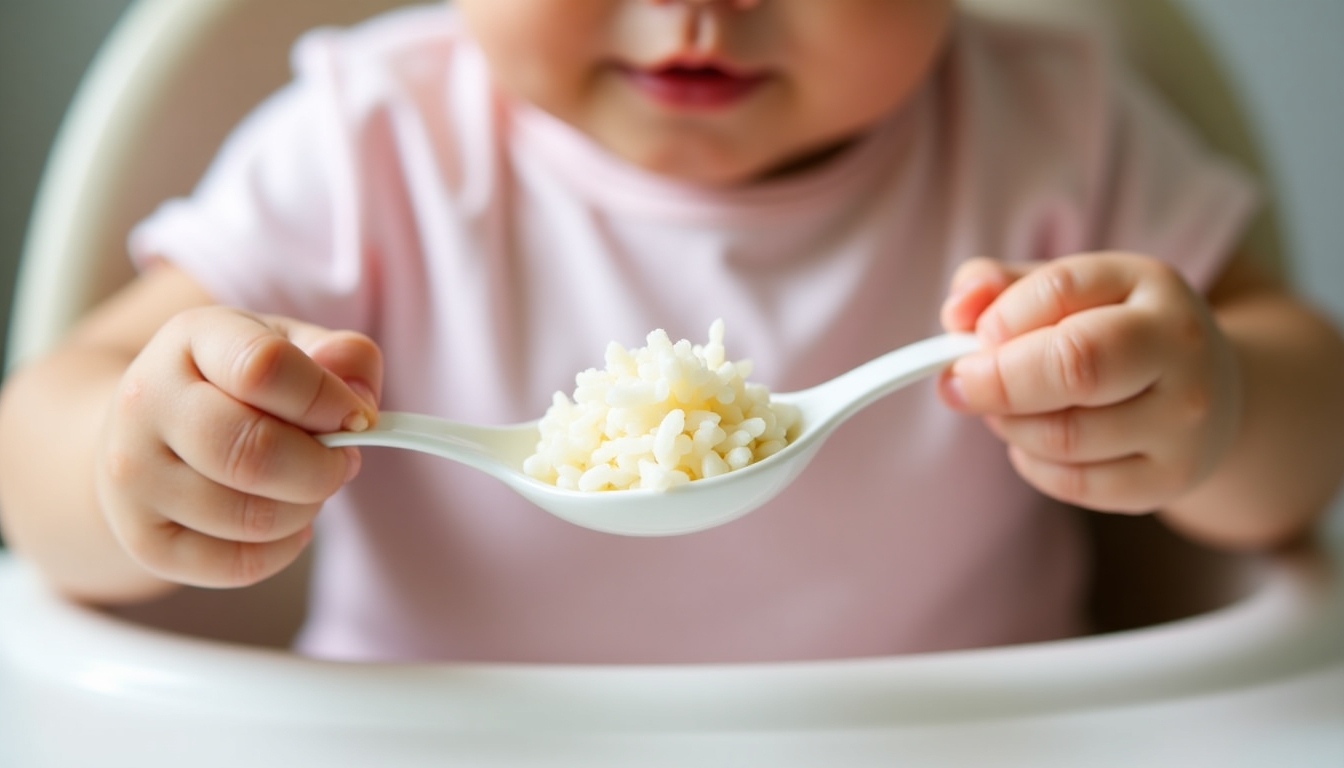Food Protein-Induced Enterocolitis Syndrome (FPIES) is a food allergy that often flies under the radar. It hits the stomach and intestines hard, especially in babies and young kids. This guide walks you through what FPIES is, how it ties into chronic fatigue, and what you can do about it.
What Is FPIES?
FPIES happens when the body overreacts to certain food proteins. Think of it as an immune system mix-up that inflames the gut. Unlike typical allergies—where you might see hives or breathing trouble right away—FPIES symptoms kick in hours later. Foods like milk, soy, rice, and oats are common culprits. Most kids deal with this early on, but some carry it into later years.
This delay makes FPIES tricky. You won’t see a rash or swelling like with peanuts. Instead, it’s all about the gut—vomiting, diarrhea, and feeling wiped out. It’s not your everyday allergy, and that’s why understanding it matters so much.

Symptoms of FPIES
FPIES shows up in two ways: acute and chronic. Acute hits fast after eating the wrong food—think lots of vomiting, runny stools, and a kid who looks pale and tired. In bad cases, it can even lead to shock. These episodes usually clear up in a day once the food’s out of the system.
Chronic FPIES Symptoms come from eating the trigger food over and over. Kids might not grow well, lose weight, or always seem worn out. That ongoing tiredness? That’s where chronic fatigue creeps in. It’s not just a bad day—it’s a pattern that sticks around.

Diagnosing FPIES
Figuring out FPIES isn’t simple. Doctors start with your story—when symptoms happen and what foods might be to blame. They might suggest cutting out suspects to see if things get better. Sometimes, they’ll do a food challenge, feeding the kid the food in a safe place to watch what happens.
There’s no quick test for this. Allergy skin pricks don’t work here because FPIES isn’t like those instant-reaction allergies. It takes patience and a good doctor to nail it down.

Managing FPIES
The big fix is simple: avoid the foods that cause trouble. For babies, that might mean special formulas if milk’s off the table. Older kids need a plan—watch what they eat, and slowly test new foods with a doctor’s help. Here’s what works: - Cut out triggers: No milk, no soy, whatever sets it off. - Have a plan: Know what to do if a reaction hits. - Check growth: Make sure the kid’s getting enough nutrients.
It’s a team effort. Parents, doctors, and even schools need to be in the loop to keep things safe.

FPIES and Chronic Fatigue
Chronic FPIES can wear a body down. Constant gut trouble means nutrients don’t stick around, and that leads to feeling tired all the time—chronic fatigue. It’s not just being sleepy; it’s a deep exhaustion that makes everything harder, even playing or exercising.
For chronic fatigue and exercise routines, go easy. High-energy stuff like running might be too much. Instead, try: - Short walks to keep moving. - Stretching or yoga for flexibility. - Rest breaks to recharge. It’s about finding balance, not pushing too hard.

My Experience with FPIES
I’ve watched my nephew deal with FPIES. At first, we didn’t know why he’d throw up hours after meals. It was scary—seeing him so pale and weak. Once we figured it out, life changed. We learned to spot triggers, like rice, and swapped them out. Seeing him thrive now? That’s worth every label I’ve read.
Talking to other families helped too. We swapped tips and felt less alone. It’s a tough road, but you adapt.

Tips You Can Use
Here’s what I’ve learned to manage FPIES and that dragging fatigue: 1. Track everything: Write down what they eat and how they feel. 2. Team up with doctors: Get a solid plan from pros who get it. 3. Spread the word: Tell teachers and grandparents what’s up. 4. Rest smart: Pair gentle moves like walking with plenty of downtime. 5. Stay positive: Celebrate small wins, like a reaction-free week.
These steps aren’t fancy, but they work. They keep life moving forward.

Wrapping Up
FPIES is tough, no doubt. It’s more than a food issue—it’s a life-changer, especially with chronic FPIES symptoms and fatigue. But with the right info and a solid game plan, you can handle it. Keep learning, stay proactive, and lean on support when you need it.
Discuss Here